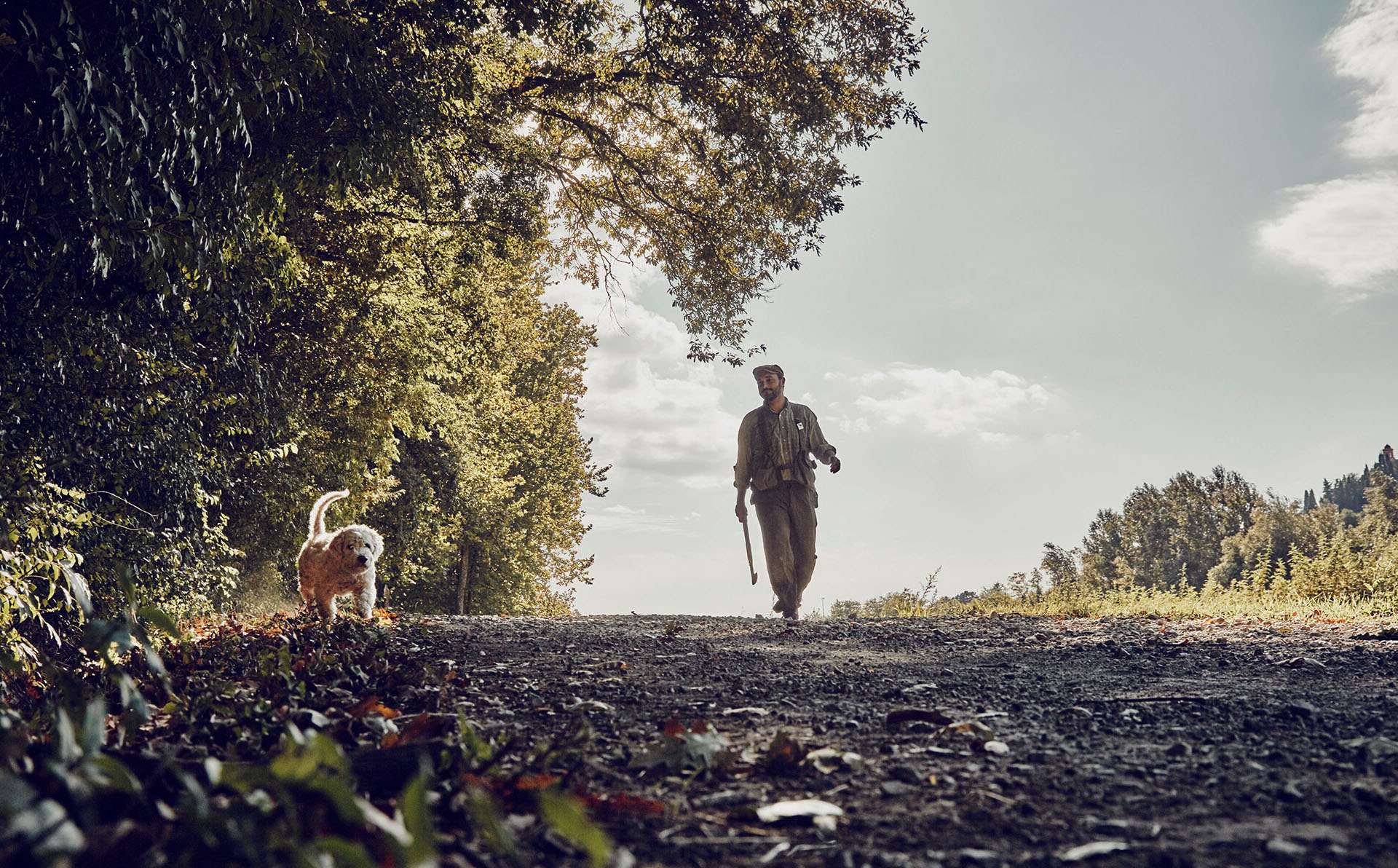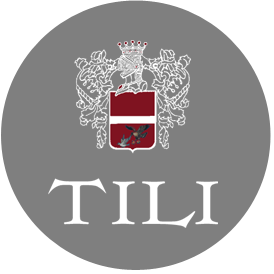
Truffle, the story of a fascinating and mysterious food
Truffle, the story of a fascinating and mysterious food
Umbria has always been a land of truffles: the ancient Umbrians called that “fragrant stone” a “tartùfro”. And they introduced its use and knowledge throughout the peninsula. The men who survived the flood, whom the Greeks called “ombrikoi”, already knew the wonderful fruit of the earth.
The Babylonians sought it among the sands of the eastern deserts; Greeks and Romans were great admirers to the point of attributing divine qualities to it. But the oldest authentic historical memory comes from the naturalistic studies of Theophrastus of Eresos (371-287 BC), a disciple of Aristotle, who was responsible for the first classification of fungi. According to Theophrastus, truffles originated from the meeting between autumn rains and thunder. Their particular hypogeal nature led them to be called idnon, hidden, from which the term idnology, the science that studies them, was born. Truffles appear in the republican Rome of Cicero (106-43 BC), who mentions them as “children of the Earth”. Their traces become more evident in the imperial age when they became the undisputed protagonists of the sought-after banquets of Marcus Gavius Apicius (25 BC – 37 AD), whom Seneca called a “gourmet”. Nero spoke of them as the “food of the gods”. At the court of the last emperor of the Julio-Claudian dynasty, there was also the Greek physician and botanist Dioscorides (ca. 40-90 AD), who dealt with truffles in De Materia Medica, a herbal work that profoundly influenced the history of medicine. But the most accurate scientific analysis of truffles, from the 1st century AD, is undoubtedly that reported in the Naturalis Historia (XIX, 11-13), in which Pliny the Elder (23-79 AD) defines them as “earth excrescences”.
It is not cultivated and cannot be reproduced: the charm of the truffle lies in its mystery.
Born from the earth and darkness, it grows near the roots of trees. It is not cultivated and cannot be reproduced. It grows in the darkness of the soil, clinging to life thanks to the roots of trees. To preserve and propagate the species, it has only one weapon: its fragrance. An irresistible lure. Something ancestral that spreads in the soil, surfaces, and captures the sense of smell, an indescribable and inexplicable fragrance, decisive and distinct.







Sorry, the comment form is closed at this time.